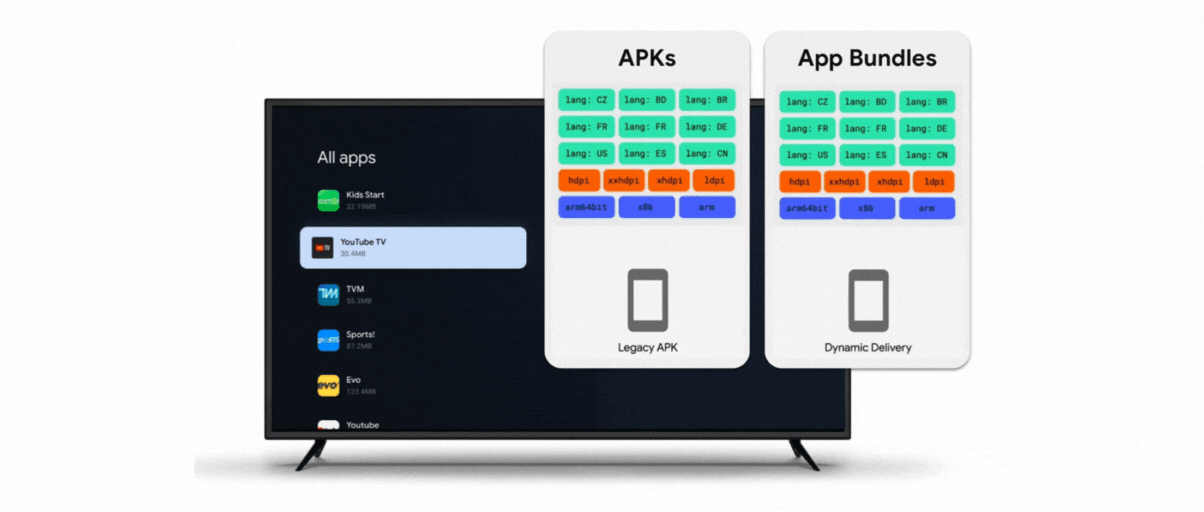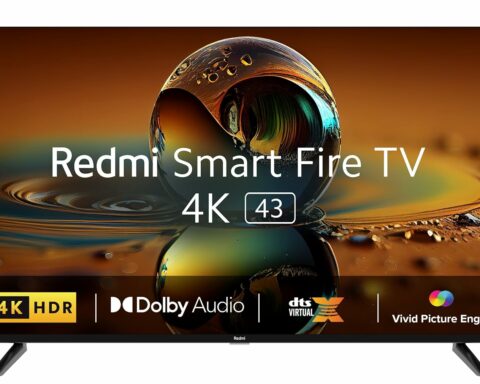The humble TV has evolved over the last two decades from linear channel-surfing to on-demand content with multiple app experiences. Today, Android TV OS offers more than 10,000 apps. Contrary to its phone competitors, TV hardware has remained constrained in capacity while software has increased tremendously. While smart TVs often only have 8GB of storage in 2022, smartphones frequently have a minimum storage space of 64GB. Users that have less storage must uninstall programmes, which negatively affects their entire TV experience. In November 2020, Android announced App Bundles as a solution to this issue and others.
APK (Android Package Kit) has long been the de facto standard for TV and mobile apps. AAB (Android App Bundle), which enables for quicker and smaller applications which save storage and optimise performance, is gradually replacing it.
Josh Wentz from the Google TV Product Management team announced that beginning in May 2023, App Bundles would also be necessary for Google TV and Android TV. Developers have six months to repackage their software lightweight; however, according to Wentz, it can take as little as three days.
The main advantage of Software Bundles is a 20% reduced storage footprint since the app only uses the resources it needs and archives the rest. Additionally, TV apps will include an archive/unarchive button that will free up additional space on the device. Wentz claimed that there are currently over 10,000 apps available for the Android TV OS, and since users are compelled to remove apps due to a lack of storage, their team is pushing for a change.
The primary TV product used by Xiaomi TV sticks, some Sony and Sharp TVs, and Google TV are different from one another. The latter, however, is an additional software layer that is being added to new and contemporary TVs and is infused with Google AI recommendations based on personal usage.









